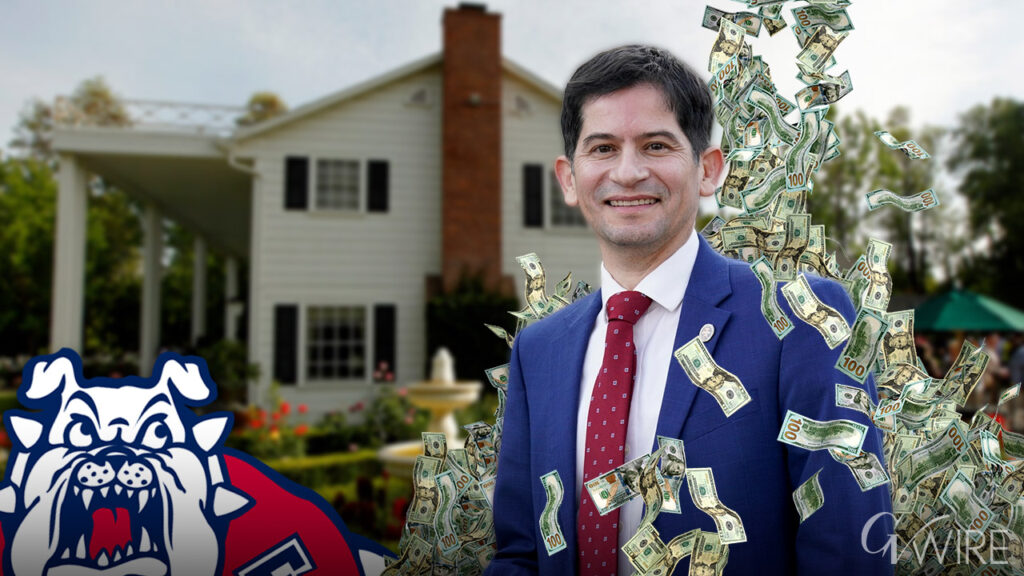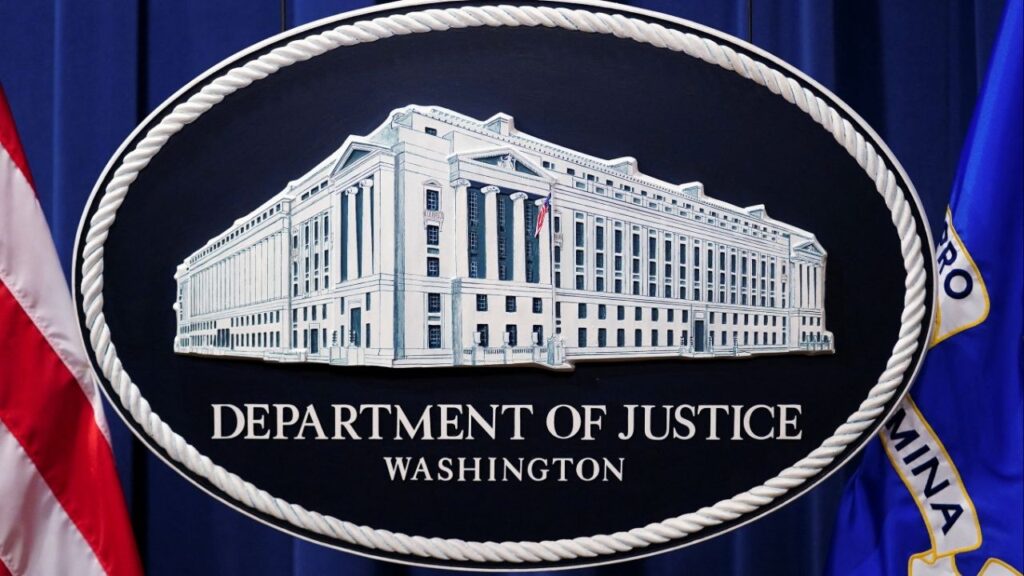Share
The high point — or low point — of U.S. Sen. Kamala Harris’ campaign for president occurred last June during a multi-candidate debate when she lashed out at former Vice President Joe Biden on racial justice.
“I do not believe you are a racist, and I agree with you when you commit yourself to the importance of finding common ground,” Harris told Biden. “But I also believe…it was hurtful to hear you talk about the reputations of two United States senators who built their reputations and career on the segregation of race in this country. And it was not only that, but you also worked with them to oppose busing. And, you know, there was a little girl in California who was part of the second class to integrate her public schools, and she was bused to school every day. And that little girl was me.”

Dan Walters
Opinion
The exchanges continued in that vein for some minutes. At the time, Harris was considered to be in the top tier of Democratic presidential candidates while Biden was struggling a bit. Eight months later, Harris is out of the running and Biden is now the frontrunner for the nomination.
Creating a Senate Vacancy That Gov. Newsom Is Empowered to Fill
Last weekend, a few days after the California primary, Harris endorsed Biden via Twitter, saying, “Joe Biden has served our country with dignity and we need him now more than ever. I will do everything in my power to help elect him the next president of the United States.”
Harris’ late-blooming endorsement was widely seen as an application to become Biden’s running mate, the conventional political wisdom being that he would want either a woman or someone of color on his ticket. Biden quickly listed her as a vice presidential possibility, along with others, and the two campaigned together in Michigan.
Let’s assume, just for grins, that Harris is not only tapped to become Biden’s running mate, but that they win next November, creating a U.S. Senate vacancy that Gov. Gavin Newsom is empowered to fill.
Would Newsom want to fill it himself? A Biden victory, even without Harris, would block Newsom from running for the White House himself in 2024, midway through his second gubernatorial term. If Harris becomes vice president, Newsom could keep his future presidential hopes alive by resigning and being appointed to the Senate by Lt. Gov. Eleni Kounalakis as she became governor.
It Pays to Look Ahead
Should Newsom forego that opportunity, he still would have a much-coveted Senate seat to fill and there would be no shortage of potential appointees. Kounalakis is one possibility and Attorney General Xavier Becerra, Secretary of State Alex Padilla and Congressman Adam Schiff, who managed the impeachment of Donald Trump, are among the others.
Another factor plays into what could be a game of political musical chairs — Sen. Dianne Feinstein’s intentions.
Although clearly reluctant to do so, Feinstein ran for and won another six-year Senate term in 2018. It’s highly likely that she will retire rather than run again in 2024 and if Newsom isn’t already in the Senate by then as Harris’ successor, he might be tempted to seek Feinstein’s seat, especially if Biden or another Democrat is sitting in the White House.
This is all pure speculation, of course. But it pays to look ahead.
CalMatters is a public interest journalism venture committed to explaining how California’s state Capitol works and why it matters. For more stories by Dan Walters, go to calmatters.org/commentary.
[activecampaign form=31]
RELATED TOPICS:
Categories



















